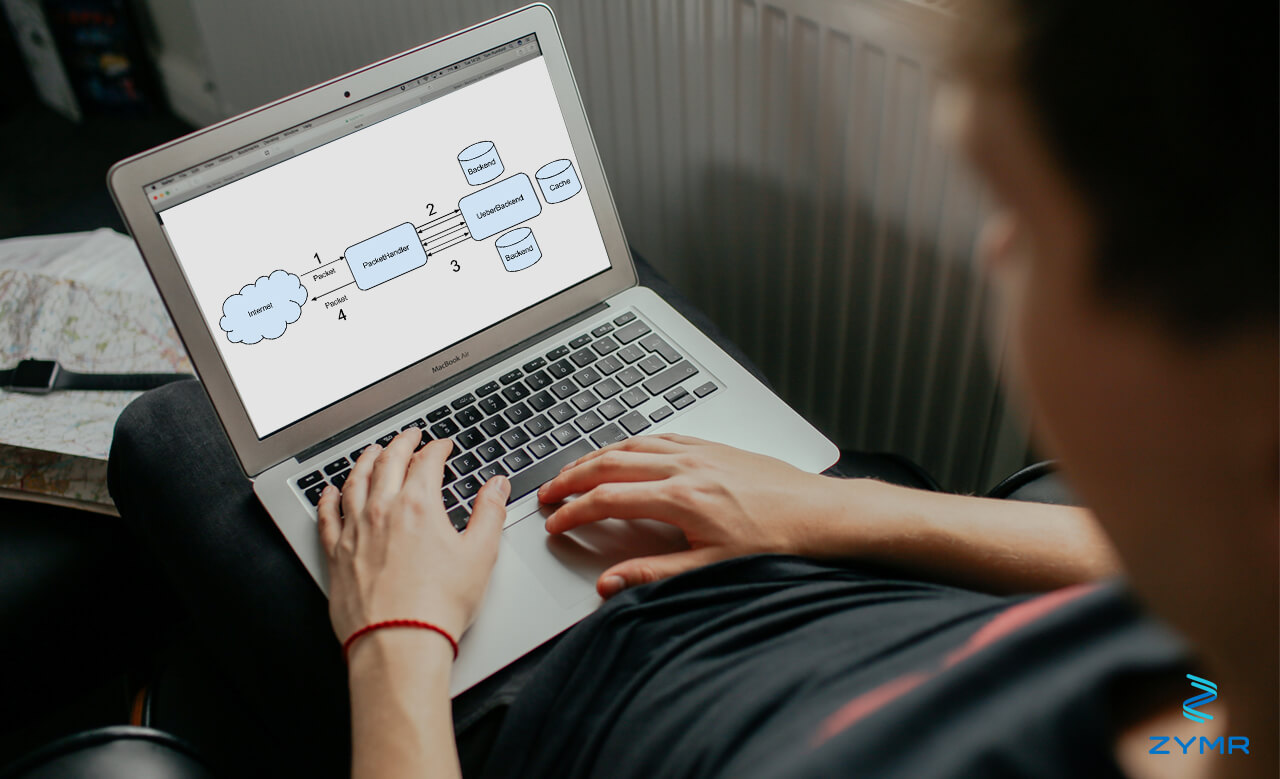PowerDNS: Why You Should Use This Powerful Tool

PowerDNS, or PDNS is the open source DNS software that helps to resolve namespaces in companies all over the world, such as Wikipedia. The original version of PowerDNS is an authoritative DNS server that is available on UNIX systems, which is not only fast but jam packed with features, too. Originally a propriety solution, PowerDNS has been open source since 2002.DNS, or the Domain Name System, is used to resolve IP addresses to namespaces, much in the same manner as a telephone lookup.PowerDNS offers two separate DNS server software solutions; the authoritative server, as well as a recursive server, whereas other software solutions combine the two in one product. Combined together, or offered separately, these products can help both small installations, as well as offer a solution to very large and requested domains.PowerDNS BackendsPowerDNS hosts authoritative DNS zone data, with pluggable backends, or data stores. These include traditional backends such as BIND or MyDNS, as text files, along with other stores such as databases, such as MySQL, or SQLite, geolocation relative data with GeoIP, LDAP, and others. You can also combine backends for a more tailored approach, with PowerDNS cycling through specified backends when queried to obtain the correct result. These backends are multi-threaded, as well as cached when querying, for speed.PowerDNS in ActionRunning up a PowerDNS server involves invoking pdns_server, along with the arguments necessary for your setup. Control of the PowerDNS server is achieved by entering pdns_control commands, which can link zones, show cache contents, restart the nameserver, configure variables, and more. With PowerDNS running, it automatically checks your backend configuration files every so often, ensuring that changes to your DNS or zone setups are reflected in your network setup as they appear.PowerDNS RecursorAnother product by the same team is the PowerDNS Recursor, which, as the name suggests, is a recursive DNS server product. This can be implemented to add the “glue” to authoritative DNS servers.A recursive server will recurse through other servers in an attempt to find an authoritative server with the correct DNS query information provided within.For those businesses that need to run a DNS server, or require to do so for their clients, you would do well to check out PowerDNSas an open source solution to your DNS configuration requirements.For a good introduction to PowerDNS and how to set it up with BIND, watch this PowerDNS webinar from TheMenandmice.You can also find the PowerDNS documentation here.PowerDNS, or PDNS is the open source DNS software that helps to resolve namespaces in companies all over the world, such as Wikipedia. The original version of PowerDNS is an authoritative DNS server that is available on UNIX systems, which is not only fast but jam packed with features, too. Originally a propriety solution, PowerDNS has been open source since 2002.DNS, or the Domain Name System, is used to resolve IP addresses to namespaces, much in the same manner as a telephone lookup.PowerDNS offers two separate DNS server software solutions; the authoritative server, as well as a recursive server, whereas other software solutions combine the two in one product. Combined together, or offered separately, these products can help both small installations, as well as offer a solution to very large and requested domains.PowerDNS BackendsPowerDNS hosts authoritative DNS zone data, with pluggable backends, or data stores. These include traditional backends such as BIND or MyDNS, as text files, along with other stores such as databases, such as MySQL, or SQLite, geolocation relative data with GeoIP, LDAP, and others. You can also combine backends for a more tailored approach, with PowerDNS cycling through specified backends when queried to obtain the correct result. These backends are multi-threaded, as well as cached when querying, for speed.PowerDNS in ActionRunning up a PowerDNS server involves invoking pdns_server, along with the arguments necessary for your setup. Control of the PowerDNS server is achieved by entering pdns_control commands, which can link zones, show cache contents, restart the nameserver, configure variables, and more. With PowerDNS running, it automatically checks your backend configuration files every so often, ensuring that changes to your DNS or zone setups are reflected in your network setup as they appear.PowerDNS RecursorAnother product by the same team is the PowerDNS Recursor, which, as the name suggests, is a recursive DNS server product. This can be implemented to add the “glue” to authoritative DNS servers.A recursive server will recurse through other servers in an attempt to find an authoritative server with the correct DNS query information provided within.For those businesses that need to run a DNS server, or require to do so for their clients, you would do well to check out PowerDNSas an open source solution to your DNS configuration requirements.For a good introduction to PowerDNS and how to set it up with BIND, watch this PowerDNS webinar from TheMenandmice.You can also find the PowerDNS documentation here.




.jpg)

.svg)
.svg)
.svg)
.svg)
.svg)
.svg)